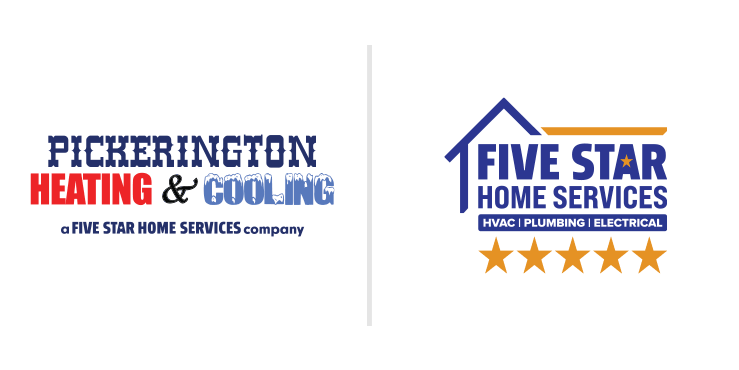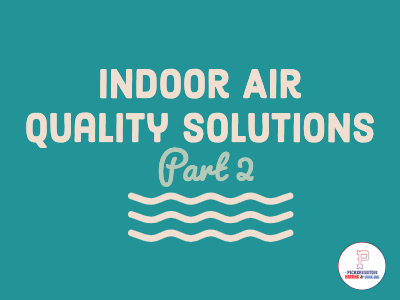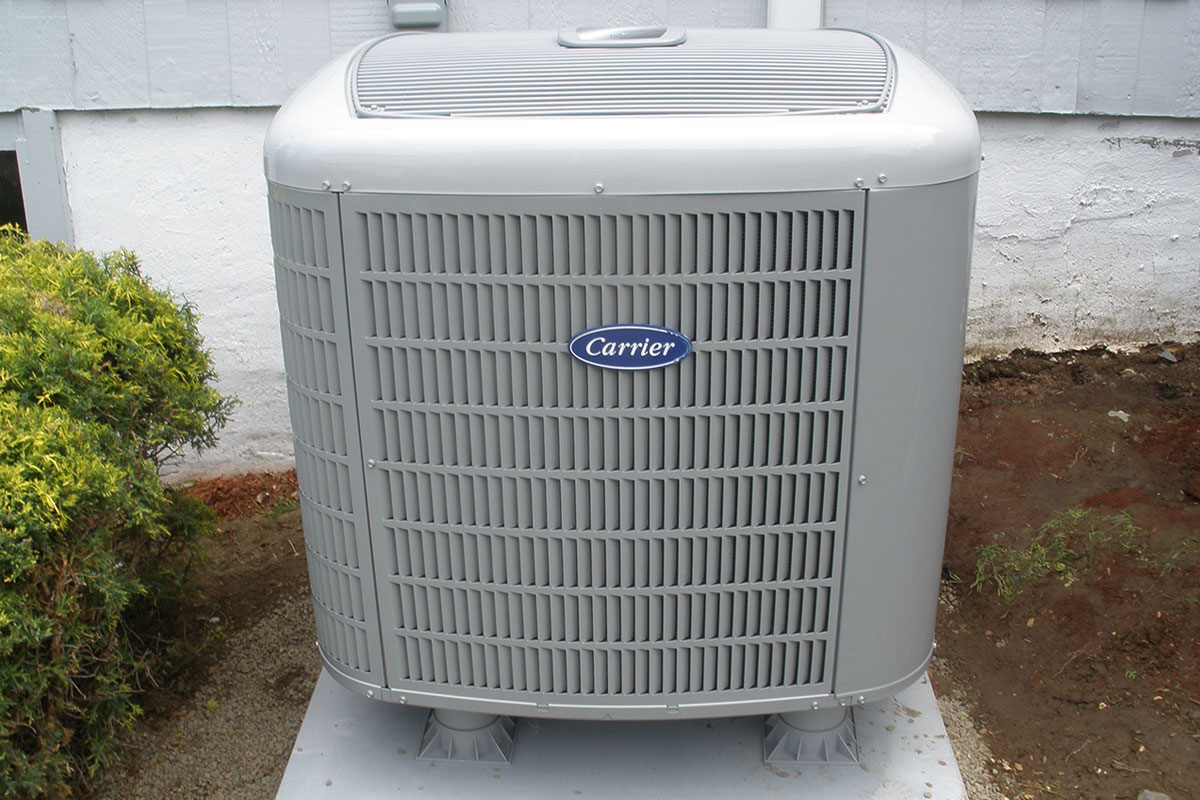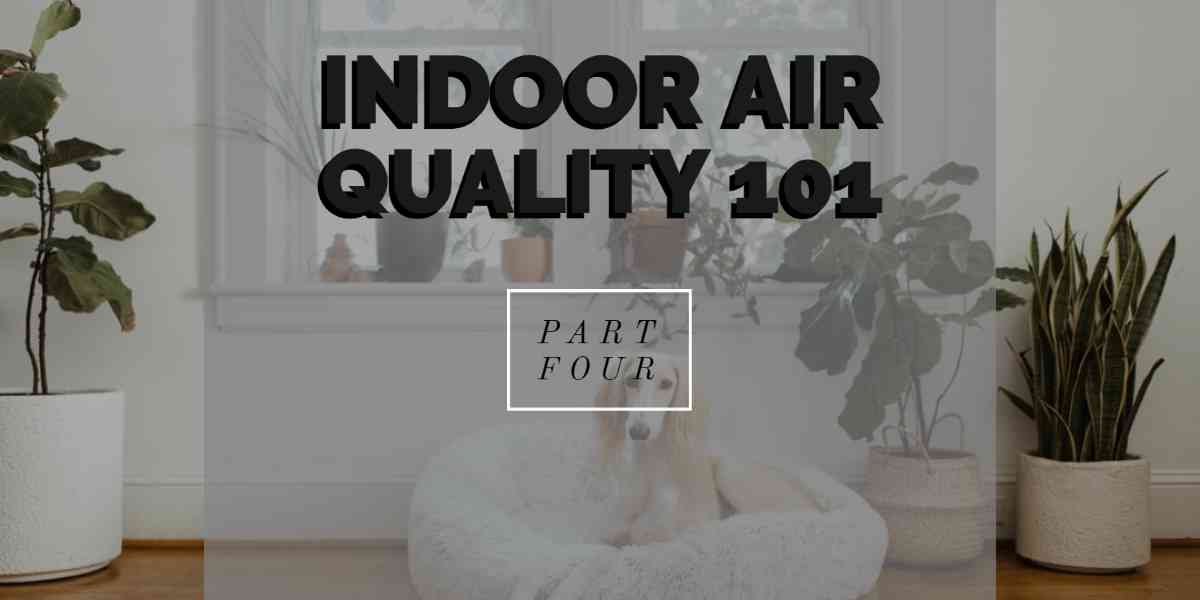The Fall and Winter seasons are here, meaning more time spent indoors over the next several months. The last thing you want is for you and your family to be trapped inside with air that is polluted with dust, pollen, mold spores, and more. Stale indoor air can pose several health threats to everyone inside the home. Here are ten more ways to improve the quality of the air in your home and keep everyone in it breathing easy:
11. Remember to Clean Window Treatments
Your curtains, valances, blinds, etc., are some of the main places that airborne dust and debris love to hide out. Check the cleaning instructions on your curtains to see if they can be placed in your washing machine or if they will need to be dry cleaned. Use a good quality duster on blinds to remove dust and various other pollutants. Heavy drapes can be cleaned with a handheld vacuum and steam cleaner. Remember to wipe down window ledges and sills at the same time you clean your window treatments using warm water and a disinfectant cleaner.
12. Don’t Just Vacuum – Shampoo Your Carpets
It is important to vacuum on a regular basis and to keep your vacuum’s tank/bag/filters clean and changed, but it is also important to shampoo your carpets. By cleaning and sanitizing your carpets once a month, you will remove dust mites, pet fur and dander, mold spores, dust and debris, and a host of other pollutants that have no business hanging out in your home. Choose mild weather days to do your carpet shampooing so that doors and windows can be opened to help them dry quickly and thoroughly.
13. Adequately Ventilate Your Home
When your home is sealed up tight against outside drafts, fresh air is also prevented from getting inside and circulating. This means that the stale, unhealthy air is trapped inside for you and your family to breathe. Open doors and windows occasionally to allow fresh, clean air into your home to chase away the stale air inside. Choose mild -weather days for the most part, but don’t be afraid to let some of the season’s crisp, frosty air inside occasionally too, as it has a way a freshening up the entire atmosphere. On especially nice days, set your window fan’s A/C unit vent control on ‘Open’ and turn it on for an hour or so.
14. Try Air-To-Air Heat Exchangers
If there is an area of your home that may require a bit more attention to airborne dust and debris issues, then you may want to consider an air-to-air heat exchanger. Air-to-air heat exchangers are preferred by many over-filtered fans. They have a closed-loop design that eliminates the need for filters. They are easily adaptable to fit electrical enclosures. One of the most popular points of the air-to-air heat exchangers is that they are low maintenance. This means they can be placed in areas such as attics and basements for extended periods of time without needing to be checked on frequently.
15. Place Humidifiers Throughout Your Home
Humidifiers are one of the most popular devices for improving the air quality in your home. They can be placed in any room, and they are especially effective in bedrooms. The improved air quality helps to deliver a better night’s sleep with no worries of waking in the morning with breathing issues caused by unhealthy air conditions. Air that is too dry attracts pollutants and holds onto them, carrying them all-around your home. Humidifiers prevent this by infusing moisture into the air. They are highly recommended in homes where individuals suffer from respiratory issues.
16. Re-paint with Healthier Materials
Many paints on the market today are loaded with chemicals that can be dangerous even years after they have been used to paint the interior of your home. They give off gases that contain toxic fumes, and these gases make their way throughout your home in the very air you and your family are breathing. Do your home and your family a favor and do some redecorating. Choose environmentally safe paints and give your home a facelift that will do more than just make it look better – it will benefit everyone in your home to have poisons removed from the air they breathe.
17. Upgrade Your HVAC System
Older model heating and air conditioning systems may still get the job done, but today’s models are designed to do so much more. Newer systems have more up-to-the-minute air filtering and cleaning abilities, and many have the technology to alert you when there are high levels of potentially harmful substances in the air in your home. Newer HVAC systems are created to be more energy-efficient as well, saving you money along with providing your family with cleaner, safer air to breathe.
18. Set a No-Smoking Rule in Your Home and Stick To It
Few things are more toxic than cigarette smoke, to both the smoker and to those and their vicinity who are exposed to secondhand smoke. The poisons that are in cigarette smoke cling to upholstery, curtains, carpeting, and clothing. This means that simply turning on a fan or opening a window is not enough to expel the dangerous chemicals that result from smoking. Make a rule that there will be absolutely no smoking in your home. No exceptions to the rule. Family members who are smokers and who do not wish to stop smoking will have to take their dangerous habit outside.
19. Fill Your Home With Plants
Just like trees clean and purify the air outside, certain house plants provide the same results inside your home. There are a number of house plants that act as filters to clean the air around them. Place a few in each room of your home to improve air quality right away and to add a touch of natural beauty to your home. Some of these plants include Bamboo Palm, Spider Plant, Chinese Evergreen, and Pot Mum. You can find a list of plants that will make the air in your home cleaner and healthier at https://www.hgtv.com/remodel/interior-remodel/10-best-plants-for-cleaning-indoor-air-pictures.
20. Keep Your Furniture Clean
When you think about the amount of use your furniture gets by every member of your family, guests, and your fur babies, you will understand the amount of dirt that can build up very quickly on sofas, chairs, and the like. Vacuum your furniture thoroughly at least once a week. Remove cushions and pillows and vacuum deep down into the crevices, between attached pillows, and in all of the little places dirt and germs can hide. Remember, each time someone sits down, gets up, or even moves on your furniture, all of those particles are being released into the air for you and your family to breathe in. Your furniture also needs to be washed thoroughly. Once a month, use an upholstery-safe soap diluted in warm water to thoroughly wipe down your furniture. If there are removable slipcovers, place them in your washing machine with a mild soap on a gentle setting, or follow tag instructions for cleaning.
For tables and other furnishings, dust at least once a week with a furniture cleaner. Invest in a good quality duster to use in between weekly dustings in order to remove and trap dirt and debris that has settled before it has a chance to become airborne.
Pickerington Heating and Cooling can help you improve the air quality in your home for a safer environment for you and your family. Give us a call at 614-837-4026 or visit us on the web to schedule an appointment at https://www.pickheat.com/appointments/ and let us make sure that your HVAC system is in great working order as cold weather arrives.









